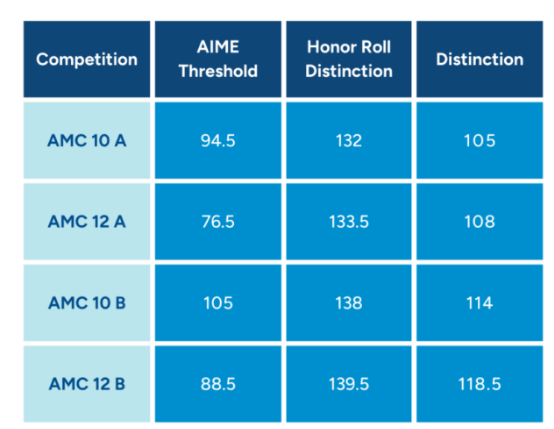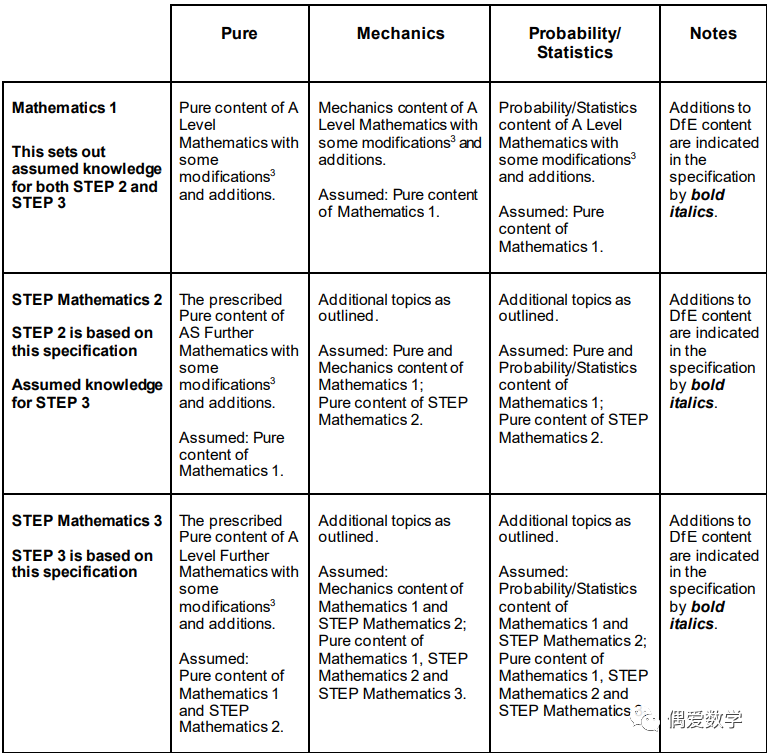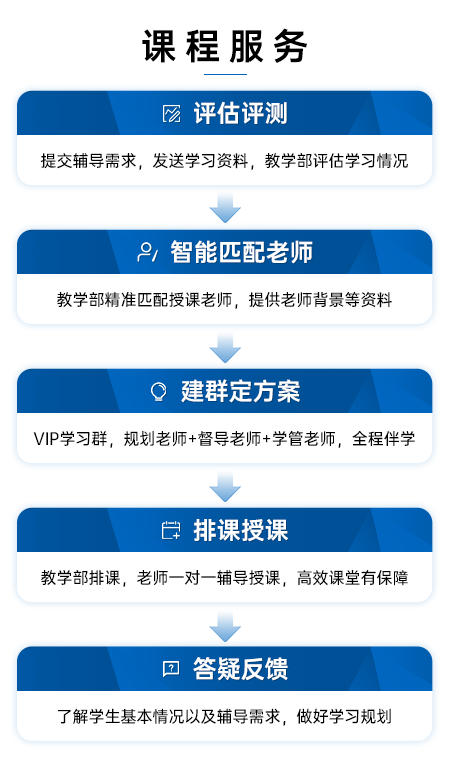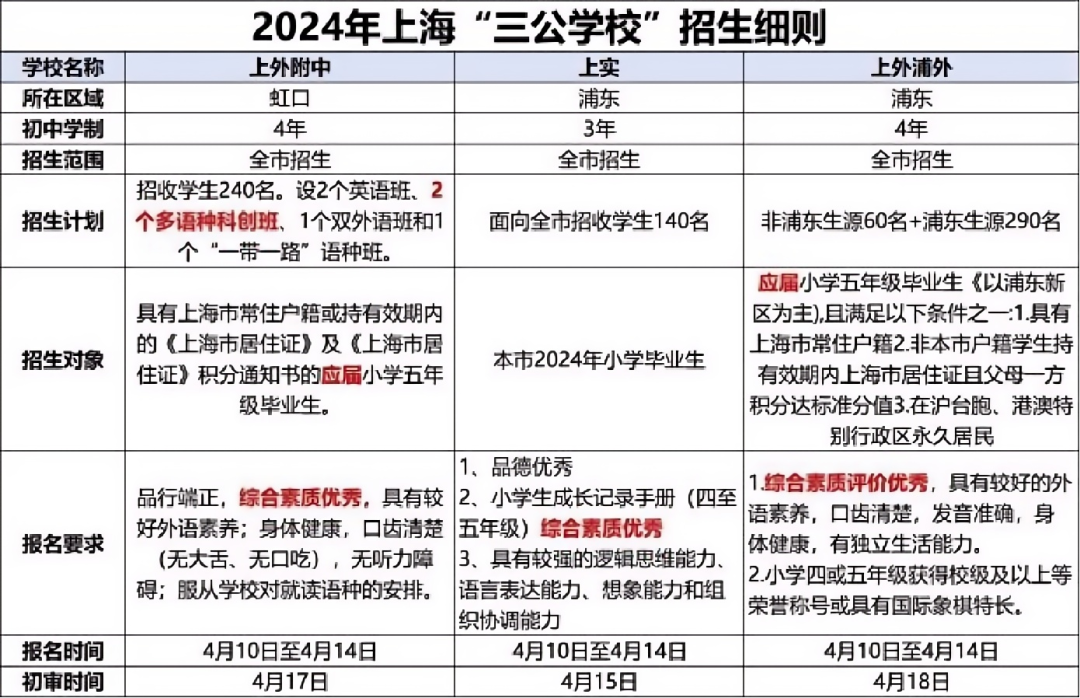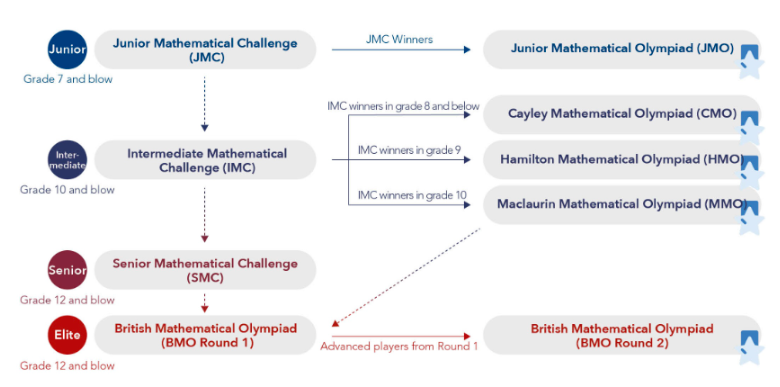小托福阅读的文章大致可以分为两类:学术类文章和非学术类文章。
学术类文章:
这类文章主要以议论文和说明文为主,内容涉及天文、生物、地质、艺术、历史等多个学科领域。它们与托福阅读中的文章非常相似,旨在考察学生对不同学科知识的理解和分析能力。
非学术类文章:
这类文章是小托福阅读中的一大特色,内容更贴近日常生活,包括信件、通知、公告、日记等。这些文章旨在帮助学生熟悉和理解常见的日常文体,培养他们在实际生活中的阅读能力。
今天,我们将重点探讨非学术类文章中的信件类阅读,看看这类题目有哪些特点以及如何高效解答。
解答信件类阅读的关键点
在解答信件类阅读时,我们可以重点关注“一头一尾”以及“段首句”,这三部分往往包含了关键信息,帮助我们快速理解文章主旨并找到正确答案。
“一头”——邮件开头
邮件的开头通常会提供一些基本信息,如发件人、收件人、邮件主题以及日期。这些信息可以帮助我们了解邮件的背景和目的。
“一尾”——邮件落款
邮件的落款通常会告诉我们发件人的身份或职位,这对于理解邮件的整体语境非常重要。通过落款,我们可以更好地判断发件人的意图和立场。
“段首句”——每段的第一句话
每段的首句往往是该段的核心思想或主旨,能够帮助我们快速抓住信件的主要内容和中心论点。通过分析段首句,我们可以更好地理解作者的观点和论证思路。
通过观察这些关键点,我们可以更快地定位细节题和主旨目的题的答案。接下来,让我们通过几道例题来具体感受一下如何运用这些技巧。
例题1
TO: Jessica
FROM: Cathy
SUBJECT: Sleepover party
DATE: December 20
Dear Jessica,
Thanks for your email asking about the sleepover party, I am so happy that you are considering joining us. I'm sure we will have a great time!
There are a few things that you need to prepare for the party. Here is a list of what you need to bring:
1. your own pillow
2. a nice pair of pajamas
3. a book or movie that you want to share with others
4. some snacks
We are meeting tomorrow at 8 o'clock in my house. And my dad will drive all of us to Janice's home. l am attaching Janice's address to this e-mail in case that you can't meet us at my house, so that you can go there yourself. As soon as everyone arrives, we will put on our nice pajamas and then watch a movie together, Which movie do you like best? Do you have any suggestion about the movie? We can eat some snacks that we bring for the night and drink some juice. Janice said her mom will prepare some juice and ice-cream for us. Isn't that wonderful! After watching the movie, we can talk and share the things that happened recently, I have so much to tell you girls! I can't wait for the party.
If you have any questions, please let me know, See you at school!
Cathy
3. When will be the sleepover party?
(A) December 19
(B) December 20
(C) December 21
(D) December 22
在这道题目中,我们首先注意到ABCD四个选项都是日期。结合我们之前提到的“邮件开头”部分,很多同学可能会迅速联想到邮件中提到的“December 20”,并毫不犹豫地选择了B选项。然而,如果这道题如此简单,就显得太没有挑战性了。实际上,出题人在这里设置了一个小陷阱:December 20是邮件的发送日期,而不是题目所问的“sleepover party”的开始时间。
为了找到正确的答案,我们需要回到原文中仔细查找相关信息。其实,关键信息很容易找到,就在第3段的第一句话:“We are meeting tomorrow at 8 o'clock in my house.” 这句话明确指出聚会将在“明天”举行,而邮件的发送日期是12月20日,因此聚会的实际开始时间应该是12月21日,正确答案是C选项。
这道题目提醒我们,在做阅读理解时,审题一定要仔细,不能仅凭表面信息轻易作答。即使看似简单的题目,也可能隐藏着细节上的陷阱。耐心和细心不仅是解题的关键,也是提升阅读能力的重要部分。
例题2
Dear Students,
I invite you to explore Phillips Exeter Academy through this website—www.exeter.edu.Browse through the different offerings of Exeter—from the numerous cultural events hosted on campus, to the hundreds of courses we offer, and on to the involved and experienced faculty. See what the lives of students are like.
Whether it’s English or mathematics, at Exeter we call all our classes Harkness classes and our teachers Harkness teachers. Harkness identifies a table you will find at the center of every class both literally and figuratively. Harkness tables are oval and seat a dozen students and a teacher, but they are much more than a place to sit. At the Harkness table classmates learn by discussing their thoughts and ideas rather than just by taking notes. Teachers are participants in the discussion, guiding students in significant ways without lecturing.
On this website, we’ve tried to make it easy for you to find what you need.For new or prospective students, look at the Admissions, Academics, and Student Life sections of the site. For parents, check the information under the Parent “gateway”located at the top of the page—this gateway provides you with a short list of items of interest to you. We’ll keep this page updated with items we know concern parents. For current students, look everywhere—this website is about you and your Exeter experience.
I invite you to let us know what you think of the website.In true Harkness learning fashion, we’re always listening, always looking for the questions that get us to the really important answers.
You can contact me directly via email or phone: 603-777-3401.
Principal Thomas E. Hassan
16. What is the purpose of the letter?
(A) To introduce the school website
(B) To explain Harkness learning fashion
(C) To list all the courses offered
(D) To show the colorful student life
在这道题目中,我们首先根据“邮件开头”和“邮件落款”可以判断出,这封邮件是由校长写给学生们的。接着,通过观察每段的“段首句”,我们发现信件的主要内容是围绕学校新建立的网站展开的,包括网站上可以搜索和了解的学校信息,以及校长希望同学们积极发表意见。
因此,解答这道主旨题就变得非常简单了。正确答案是A选项,因为它准确概括了信件的核心目的:介绍新网站并鼓励学生参与反馈。虽然B、C、D选项在文章中确实有所提及,但它们都属于具体的细节信息,而不是信件的整体目的。题目问的是“the purpose of the letter”,所以我们需要从全局角度把握文章反复强调的内容,从而确定信件的主旨和目的。
温馨小贴士
- 关注“一头一尾”:通过邮件的开头和落款,我们可以快速了解发件人和收件人的身份,帮助我们理解信件的背景。
- 抓住“段首句”:每段的首句往往包含了该段的核心思想,能够帮助我们迅速把握文章的主要内容。
- 区分主次信息:题目问的是信件的目的,因此我们要关注文章反复提到和强调的内容,而不仅仅是细节信息。
以上就是小托福阅读中非学术类文章中信件类文章的常见考点。希望同学们在遇到这类题目时,能够迅速抓住文章的重点,高效完成题目。通过练习这些技巧,你将能够在考试中更加自信地应对各种类型的阅读题。





